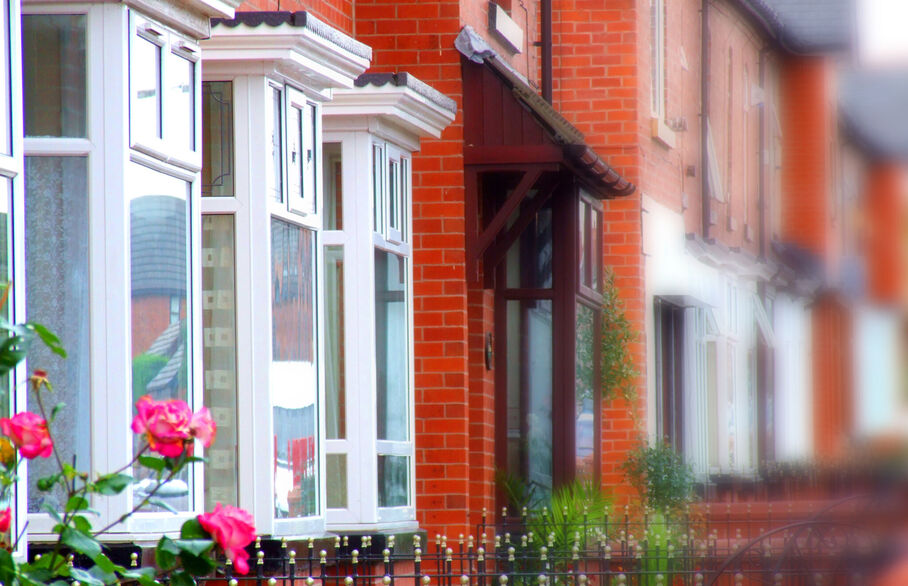
The rental sector has been thought of over the years as something that mainly exists to house people who can’t afford to buy. Landlords are too often painted by the media as greedy and ‘taking advantage of’ their tenants, who are ‘trapped’ in the Private Rented Sector because home ownership is unaffordable. If only properties were cheaper to buy, most tenants would exit the rental market…but how true is that?
Well, a new report just published by ChamberlainWalker Economics suggests it’s not true at all. The report is based on a survey of 2,000 private tenants in England and Wales, commissioned by the National Residential Landlords Association (NRLA). It found that, while 76% of renters plan to buy at some point in the future:
- Only 18% of private tenants wish they already owned a home
- 21% said they didn’t want to be tied down to home ownership at the current time
- Of those who are happy to continue renting, 29% don’t ever intend to buy
- 56% of tenants aged 16 to 34 said renting suits them for career or social reasons
And that backs up what we at Your Move already know: that most tenants are in the Private Rented Sector because it’s what suits them best right now – they’re not necessarily renting because they can’t afford to buy.
So, why do people rent?
There are lots of different reasons why people prefer to be tenants rather than home owners at various points in their lives. Here are just some of the types of tenant we currently manage:
- Students and other young people who have moved out of home for the first time
- Employees who are only planning to stay in their current job for a couple of years and want/need the flexibility to move at short notice
- Couples that want to live together but don’t want the commitment of buying a home
- People who have separated from or divorced their partners
- Foreign nationals who are not planning to stay in the UK long term
- People who simply prefer to rent because they can live in a type of property that they couldn’t or wouldn’t want to buy, e.g. a listed building or on a rural estate.
Although you might think most private tenants are younger people, only 43% of the 4.6m households in the UK Private Rented Sector are aged between 16 and 34. As the report says: “everybody is different, and the age at which private renters want to buy is not decided by affordability alone, but also by life-stage factors”.
So it’s important for the Private Rented Sector to cater to a variety of tenant types, because it really does provide a vital housing resource for them.
And as far as landlords are concerned, we know that the vast majority provide good-quality homes and go above and beyond the minimum legal requirements. In our experience, they care about the wellbeing of their tenants – and happy tenants usually mean longer, more successful tenancies.
The number of older people in the Private Rented Sector is growing
If you plan to keep your rental property for the foreseeable future, or you’re thinking of making a new investment, it’s worth knowing that both the number and proportion of older people living in the Private Rented Sector is rising.
Over the last decade, from 2011/12 to 2021/22:
- The Private Rented Sector as a whole has grown by 20% - from 3.8m households to 4.6m
- The proportion of renters ages 16-34 has only increased by 4%
- The number of households aged between 45 and 64 has increased by 56% - that’s an additional 782,000 households in that age bracket
- The number of households aged 65+ has gone up by more than 90,000 (30%)
The report makes the point that one of the issues in the home ownership market is a lack of suitable family homes for those moving up the property ladder. Around 2.5 million homes owned by the over-65s are under-occupied and this stock isn’t coming to market, despite the fact that around 3 million older people want to downsize. Two big obstacles to them doing that are high transaction costs – particularly stamp duty – and a lack of suitable homes for them to move to.
So there is some potential for Private Rented Sector landlords to help ‘free up’ these family homes by offering more rented accommodation that specifically meets the needs of older people. As the report says, this would grow the sector and help ensure the housing market works better for everyone.
A thriving rental sector means great opportunities for landlords
Evidence from across the industry shows that, despite the current economic gloom in the UK, the rental sector is thriving.
Average new lets have grown well over the last few years - according to Zoopla, they increased 12.1% in just the 12 months to November 2022. And although there’s been some concern about rental affordability, the ChamberlainWalker report says that just over 40% of tenants who responded said affordability was ‘excellent’ or ‘good’, with 38% rating it ‘fair’. That’s around 80% of tenants that are confident they can afford their homes, while only 6% say affordability is ‘poor’.
In addition, the latest English Housing Survey found that in the year 2021-22:
- 219,000 new households were formed in the Private Rented Sector
- Only 109,000 new households were formed in the home ownership sector
- 620,000 households moved from one privately rented home to another
…so the number of new lets is strong.
The report concluded by saying that the Private Rented Sector is “the tenure of choice for many private renters” and “a high-quality and well-provided Private Rented Sector is likely to be a good thing both socially and economically.” IOt is said that with rental stock struggling to satisfy the huge demand from tenants of all ages, Buy to Let remains a great opportunity for landlords.
The most successful landlords are the ones that provide high-quality, well-maintained accommodation that satisfies local demand over the long term – and we’re here to help you do that. So, if you’d like to discuss current and likely future trends in your area, just get in touch with your local Your Move branch and speak to one of the team.
Interested to find out how much rental income you could achieve?
The Your Move Content Marketing Team



